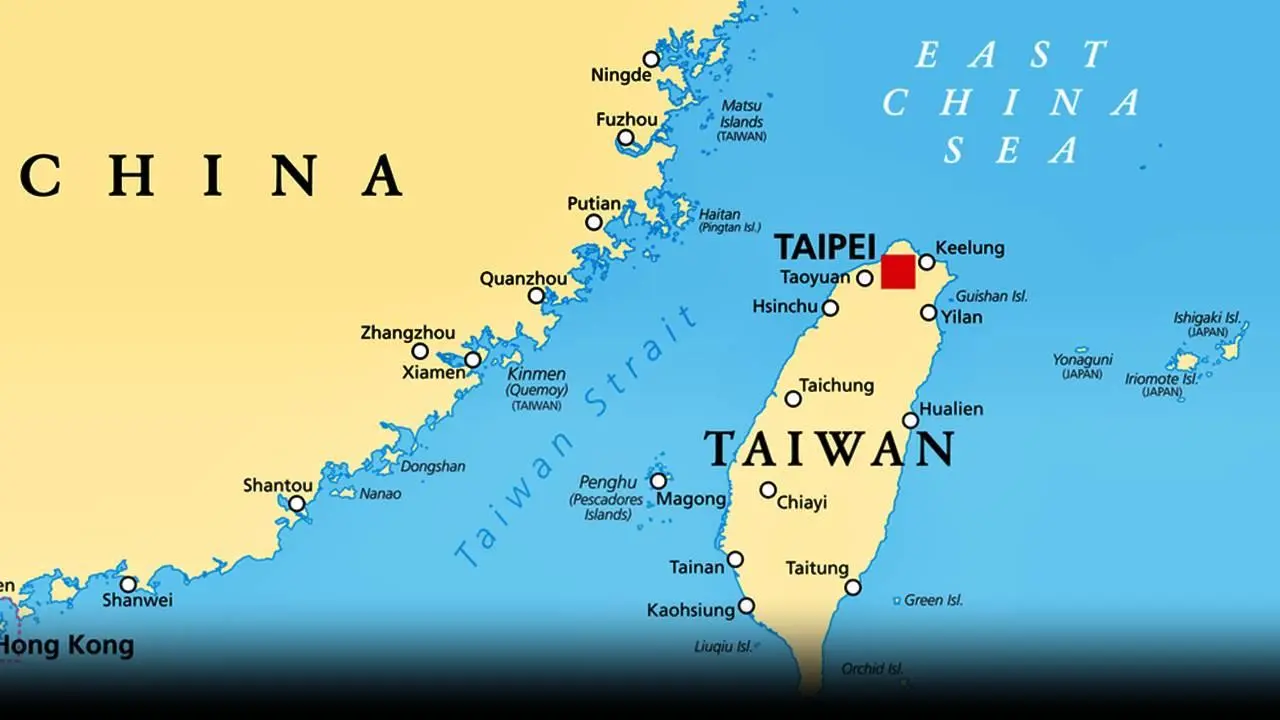China’s Aggression Toward Taiwan: A High-Stakes Showdown
By News 24 Media, Opinion Columnist
The geopolitical chessboard is once again witnessing a high-stakes match, with Taiwan caught in the crosshairs. China’s recent aggressive moves have sent shockwaves through the region, and the implications are far-reaching. Let’s dissect the situation and explore its potential consequences.
The New Government in Taiwan: A Catalyst for Tensions
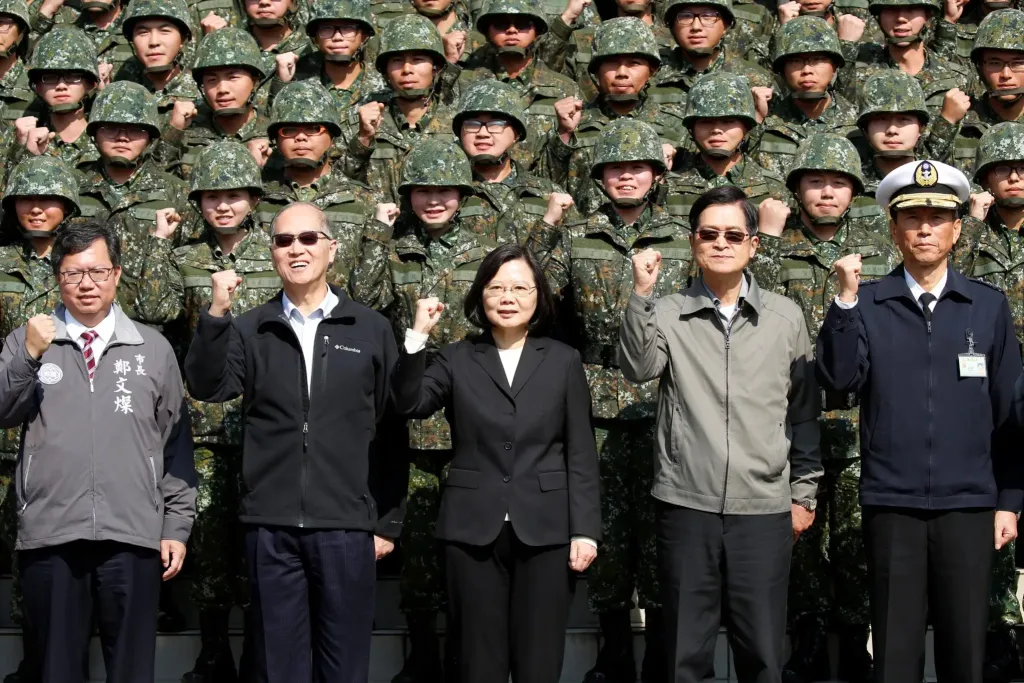
Taiwan’s recent installation of a new government—one that openly promotes independence—has irked Beijing. The Democratic Progressive Party (DPP), led by President William Lai Ching-te, has taken a firm stance on Taiwan’s sovereignty, challenging the One China principle. In response, China has unleashed a flurry of military threats, including large-scale military drills around the island.
Historical context of China-Taiwan relations
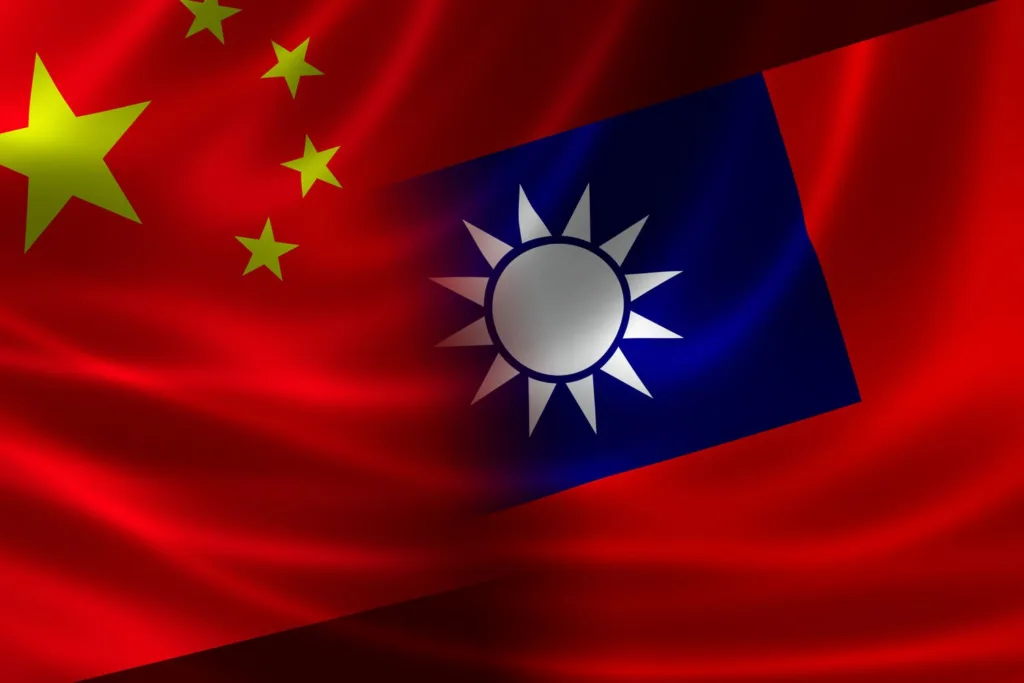
The historical context of China-Taiwan relations is multifaceted and has evolved over several decades. Here are some key points that shape this complex relationship:
- 1949: Separation
- After the Chinese Civil War, Mao Zedong’s communists took power in Beijing in October 1949, defeating Chiang Kai-shek’s Kuomintang (KMT) nationalists.
- The KMT fled to the island of Taiwan and established their government in Taipei, effectively cutting off contact with mainland China.
- Taiwan became an ally of the United States, which deployed a fleet in the Taiwan Strait to protect its ally from possible attacks from the mainland.
- 1971: Beijing’s UN Seat
- In October 1971, Beijing took over China’s seat at the United Nations, previously held by Taipei.
- The United States established diplomatic relations with China in 1979 but also committed to assisting Taiwan’s defence.
- The policy of “one China” was adopted, recognizing Beijing as the legitimate government, while maintaining trade and military ties with Taipei.
- 1987-2016: Fragile Reconciliation
- In late 1987, Taiwan residents were permitted to visit China for the first time, leading to family reunions and a trade boom.
- In 1991, Taiwan unilaterally ended a state of war with China by lifting emergency rules.
- The first direct talks between the two sides were held in Singapore in 1993.
- However, tensions persisted, with Beijing suspending talks in 1995 after Taiwanese President Lee Teng-hui visited the US.
- In 1996, China tested missiles off Taiwan during the island’s first democratic presidential election.
- Taiwan’s Role in Modern China
- Taiwan’s evolving relationship with modern China has been shaped by its strategic location along China’s maritime perimeter, its role in global trade networks, and fears of it being used as an enemy base against the mainland.
- Additionally, Taiwan has played a significant role in Chinese migration history.
The Dragon’s Fury: Military Drills and Fighter Jets
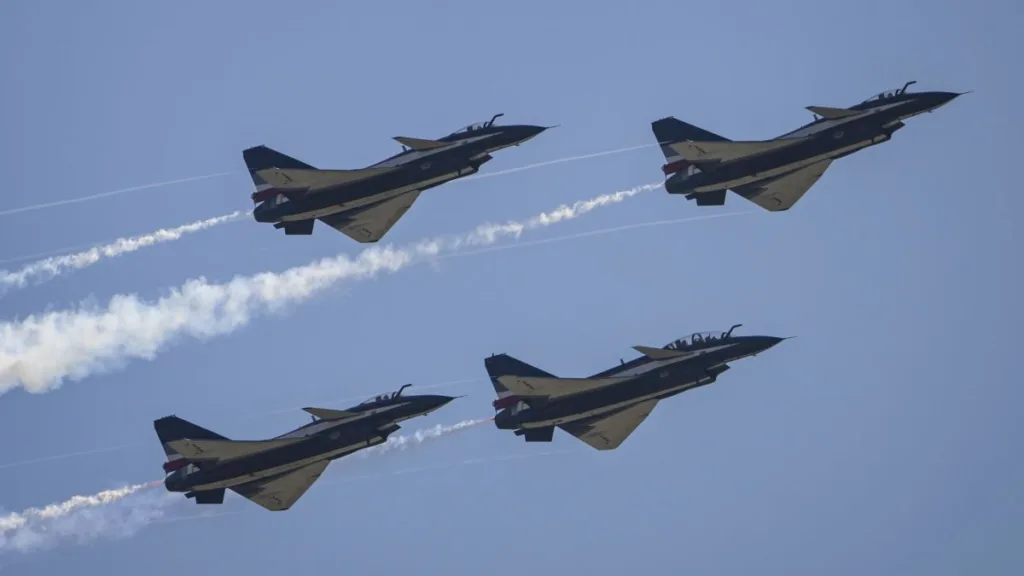
China’s sabre-rattling is unmistakable. More than 40 fighter jets, 15 warships, and ground forces have been deployed to encircle Taiwan. The message is clear: Any move toward independence will be met with force. But is this aggression sustainable?
Lessons from Other Conflicts: Middle East and Ukraine
The ongoing wars in the Middle East and Ukraine offer valuable lessons. Superpowers don’t always have an easy time subduing smaller nations. Israel’s conflict with Gaza, for instance, remains inconclusive despite its military prowess. The same holds for the Russo-Ukrainian War, where both sides have suffered losses and inconclusive outcomes.
The Illusion of Technological Supremacy
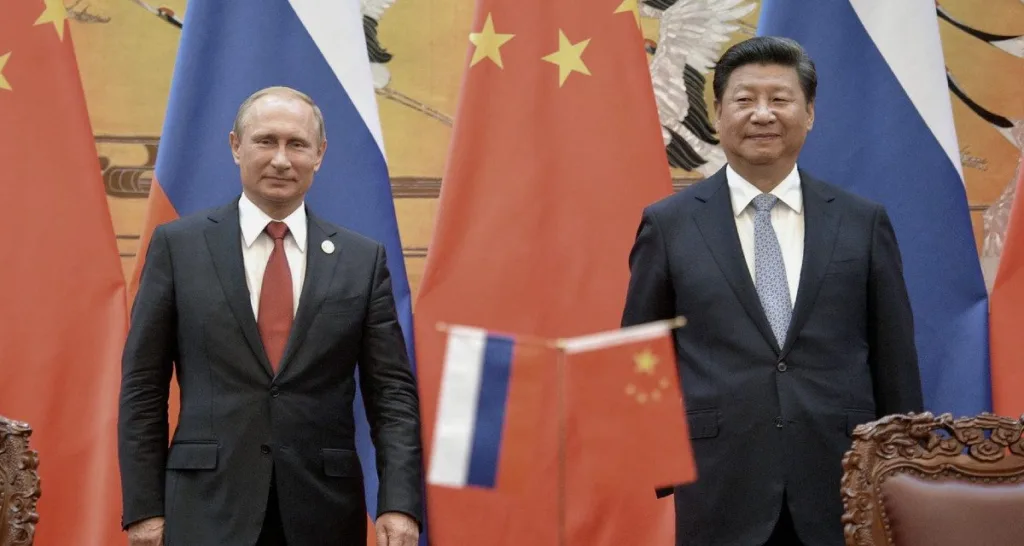
China’s military might is formidable, but it’s not invincible. Technology and weaponry alone do not guarantee victory. History has shown that wars take a heavy toll on both sides. As China flexes its muscles, it must tread carefully. The past is littered with examples of seemingly invincible powers facing unexpected setbacks.
The Waterloo for Expansionist China?
China’s aggression may prove costly. Taiwan’s resilience, coupled with international scrutiny, could turn the tide. The world watches closely, and any misstep by China could lead to its own Waterloo—a defeat that exposes the limits of expansionism.
The Role of Diplomacy and Restraint
As tensions escalate, diplomacy becomes paramount. The international community must engage in preventive diplomacy, urging restraint on both sides. Escalation benefits no one, and the potential for unintended consequences looms large.
Conclusion: A Delicate Balance
The Taiwan Strait remains a powder keg. Only time will reveal the true course of events. But one thing is certain: The outcome hinges not only on military might but also on wisdom, restraint, and the delicate balance between power and prudence.
Disclaimer: The views expressed in this article are those of the author and do not necessarily reflect the official stance of any government or organization.
More Interesting Articles
Cosmic Clash: Russia Accuses U.S. of Space Weapon Militarization
Imran Khan’s Legal Showdown: Ex-PM Appears Before Pakistan’s Top Court via Videolink
Slovakia’s Prime Minister Robert Fico Survives Shocking Assassination Attempt
Massive Turnout in Second Phase of Lok Sabha Election 2024: Prime Minister Modi’s Inspiring
“Knife” by Salman Rushdie: A Life Interrupted
The Transformative Influence of Artificial Intelligence on Knowledge Production
Which is Better – Comparing AI Chatbots: ChatGPT Plus, Google Gemini, and Copilot Pro
Harnessing Sunlight for Green Fuel: A Breakthrough in CO₂-to-Fuel Conversion
The Impact of Ongoing Military Engagements on US Military Personnel: A Call for De-
The Impact of Artificial Intelligence App on the Working Class: Navigating the AI Revolution
Dive into the Intriguing Lives of the Top 10 Wealthiest Women Billionaires on Earth
The Richest People in the World in 2024
Millionaire- The World’s Richest Metropolises: Where Millionaires Flourish
SBI Revamps all SBI Debit Card Charges: What You Need to Know
The Growing Popularity of Organic Fertilizers: A Sustainable Revolution
Billionaire in India – Mumbai Emerges as Asia’s New Billionaire Capital, Surpassing Beijing
Discover more from News 24 Media
Subscribe to get the latest posts sent to your email.


